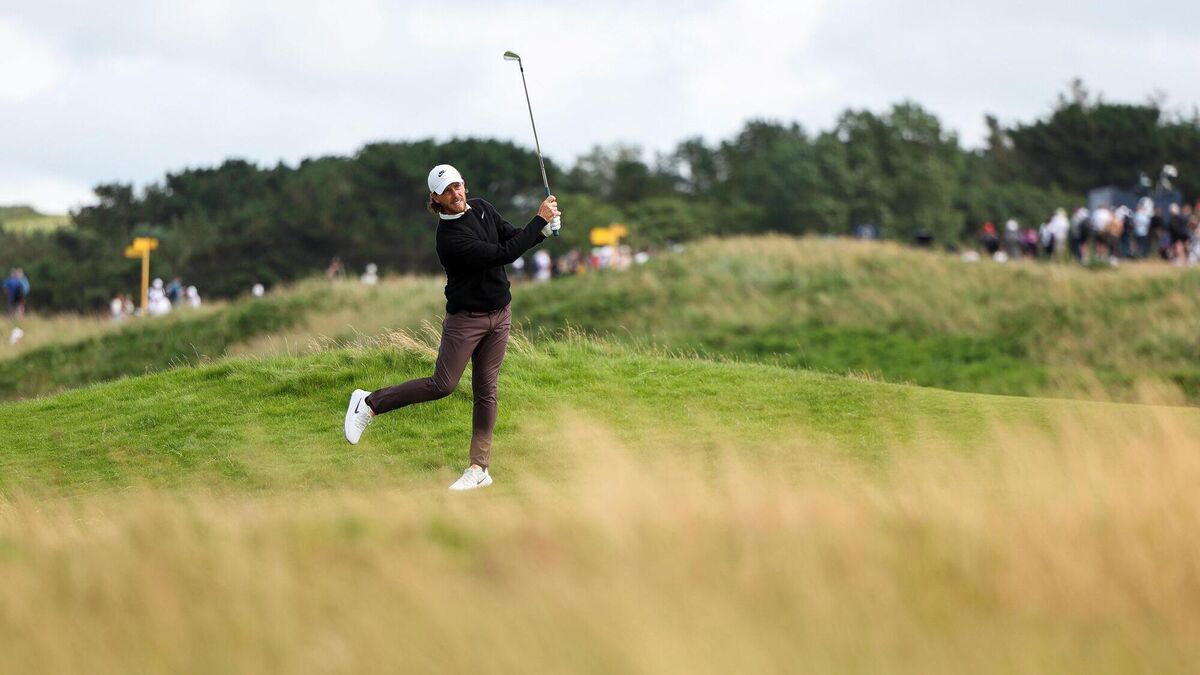The Growing Popularity of Golf in Ireland
Golf has seen a significant resurgence in Ireland, with the average cost of club membership now under €650. This price point is considered comparable to that of a leisure centre or gym. According to Golf Ireland, this affordability has played a key role in the sport’s revival, especially after a decline caused by the pandemic.
The success of Irish golfers such as Rory McIlroy, Shane Lowry, and Leona Maguire has contributed to the increased interest in the sport. As a result, more people are taking up golf, leading to a rise in both membership numbers and participation rates.
Economic Impact and Membership Growth
Ireland now boasts over 223,000 members across 377 clubs. The total value of golf club memberships and subscriptions stands at €143 million, making up 20% of the total consumer spending on the sport. This growth reflects a broader trend of increased engagement with golf.
Mark Kennelly, chief executive of Golf Ireland, highlights that the game has become more accessible and inclusive. “Our strategic plan focuses on encouraging more people from non-traditional backgrounds, including women and girls,” he explains. While golf can be expensive in urban areas due to high demand, the average membership fee remains around €600, which is seen as reasonable compared to other recreational activities.
Membership numbers have risen by 20% over the past five years. This increase is crucial for the sustainability of golf clubs, as members pay annual fees and contribute to club operations. A strong membership base ensures the continued vibrancy of the club network.
Casual Golf and Economic Contributions
In addition to formal memberships, casual golf has gained traction. Approximately 350,000 people play full-length golf at least once a year without being members of a club. This growing segment indicates a broader interest in the sport beyond traditional club structures.
Research conducted by Professor Simon Shibli of Sheffield Hallam University for Golf Ireland reveals that golf contributes €717 million in direct economic value to the Irish economy. The sport also generates €277.6 million annually in taxes through consumption, income, and corporate profits.
The upcoming Open Championship at Royal Portrush in Co Antrim is expected to bring in 278,000 visitors, adding an estimated £200 million (€230 million) to the local economy. However, the event will also have a spillover effect, with some economic benefits extending into the Republic of Ireland.
International Events and Tourism
The 2025 Women’s Irish Open was held earlier this month at Carton House in Kildare, drawing a record 37,000 spectators. The men’s Irish Open will take place at the K Club in Kildare in September, further boosting the profile of Irish golf.
Jonathan Clarke, head of hospitality and tourism at AIB business banking, notes that golf is now closely linked with the wider visitor ecosystem. “It’s not just the golf that attracts tourists to Ireland,” he says. “The warm hospitality, history, and scenic beauty combined with personalized services in hotels, guesthouses, and golf clubs create memorable experiences.”
Ireland’s compact size allows golfers to easily combine multiple courses with sightseeing trips within short travel times. This convenience has helped maintain the resilience of the golf industry despite rising prices. High-net-worth tourists, who are less sensitive to price changes, continue to favor Ireland’s golf offerings.
Future Events and Government Support
Looking ahead, the 2027 Ryder Cup will be hosted at Adare Manor in Co Limerick, with the government committing €50 million toward the event. Additionally, there are plans to host the Open Championship at Portmarnock in Co Dublin, with state funding of around €40 million. If successful, this would mark the first time the event is held outside Britain or Northern Ireland.
Robert Oxley, director of public affairs with the R&A, emphasizes the cumulative effect of hosting multiple events in Ireland. “We haven’t reached a point where we are cannibalizing each market for these events,” he states. “The more opportunities to promote Ireland to international audiences, the more people will come over and spend.”







